Food adulteration is a serious threat nowadays. No matter how health-conscious you are, if you are consuming w food daily, then this adulterated food will act as poison for your health. The most unfortunate thing here is that we don’t know which food is adulterated and which is not.
These days there is a lot of adulterated goods in the market, which you cannot easily identify. But do not worry today we will tell you about some easy tricks with which you can easily differentiate between pure and adulterated food items.
Let’s have a look at different food items.
- Honey
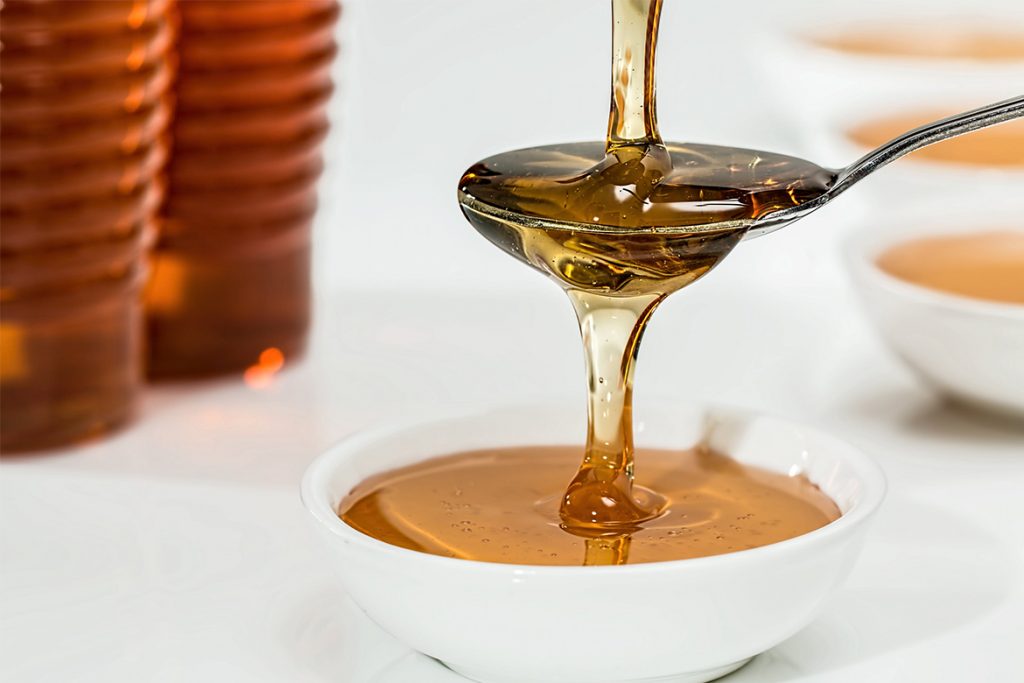
To recognize the purity of honey, place a drop of honey between the thumb and finger and try to make strings. If the string of honey is thick and is deposited on the thumb, then it is pure. Fake honey is thin as a result it spreads on fingers and does not form strings.
Another method is to wrap cotton on thin wood and apply honey on it and keep it on the flame of a candle. If the cotton starts burning this means that honey is pure.
- Clarified butter(Ghee)
Clarified butter is of the most adulterated food items. To find out its purity, heat a spoonful of ghee in a vessel. If it melts immediately and the colour changes to brown, then it is pure Clarified butter. If ghee turns yellow then it is adulterated.
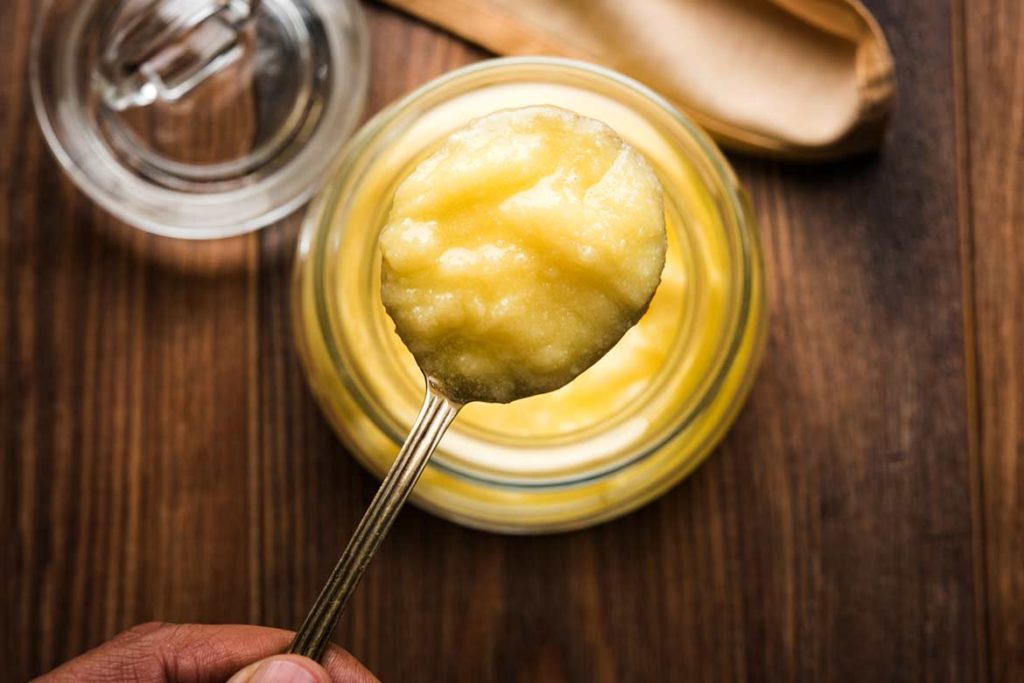
Also read: Fats are not always Bad; Know why Fats are Essential for our Body and their best Sources
Or to identify Clarified butter, keep some of it on hand. After this, rub the hand upside down. If grains appear in ghee, then it is fake. The real ghee gets absorbed as soon as it is applied to the hand. This is the easiest way of identification. Besides, you can also mix four to five drops of iodine in a spoonful of ghee. If the colour turns blue then there is an adulteration of boiled potatoes inside the ghee.
- Chilli powder
Put a pinch of red chilli in a bowl full of water. If the powder floats in water then it is pure, but if it sinks, then understand that it is adulterated.
- Milk
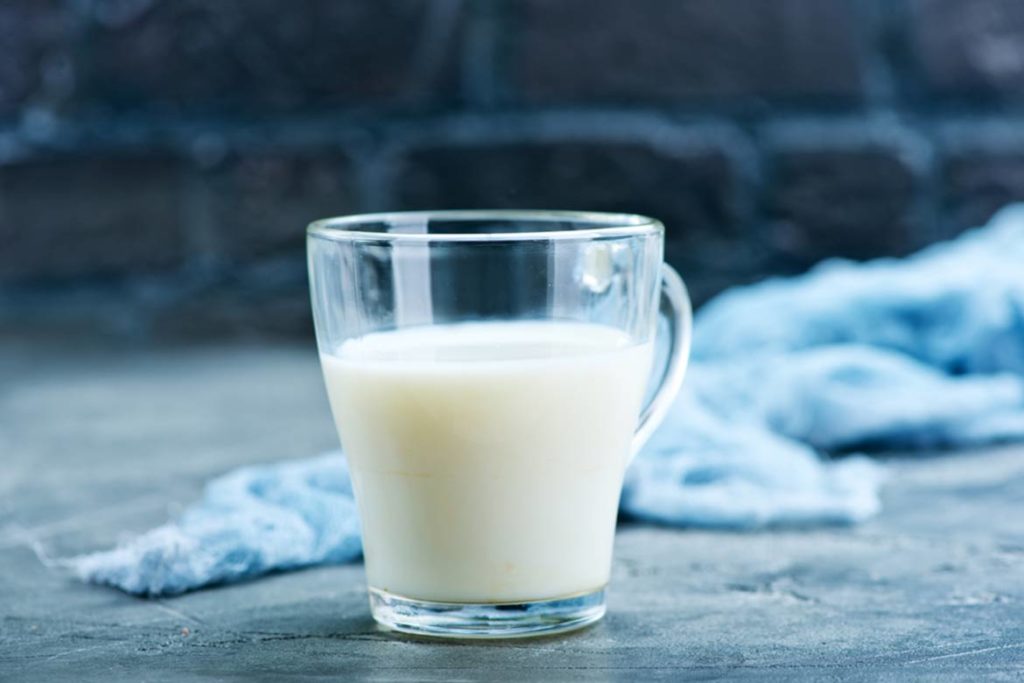
To check the purity of milk, put a drop or two of milk on a solid material like a stone. If the milk flows out and there are white marks on that place, then the milk is real. If the milk is synthetic and urea is mixed then it will turn dark yellow.
Or you can pour the milk and smell it. If the smell of detergent comes from it, that means it is adulterated.
- Gram Flour (Besan)
You can take use hydrochloric acid to check for the adulteration in gram flour. For this, take two spoons of gram flour in a bowl and make a paste by mixing two spoons of water in it. Add two spoons of hydrochloric acid to this paste and leave it for some time. If the colour of gram flour appears red, then understand that gram flour is adulterated and if the colour does not change then your gram flour may be real.
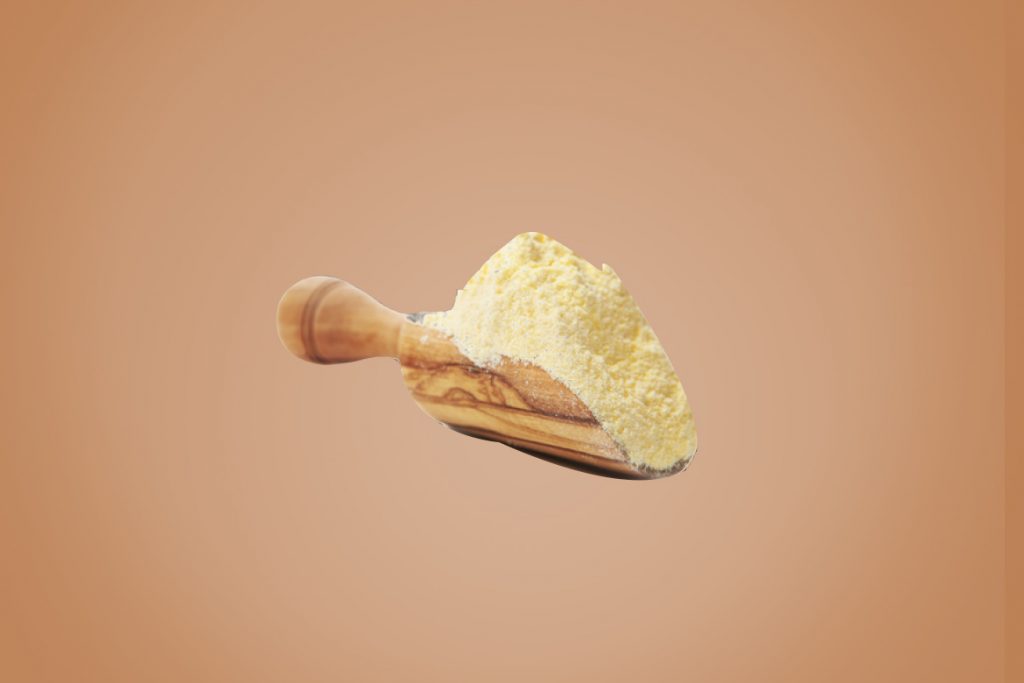
You can use lemon to check adulteration in gram flour. To check the adulteration in gram flour, mix two spoons of lemon juice and two spoons of hydrochloric acid in two spoons of gram flour. Leave it like this for 5-7 minutes. After some time, if the gram flour turns red or brown, then understand that your gram flour may be fake.
- Rice
Rice adulteration with plastic is the most common type of adulteration. Plastic rice has more shine than real rice. Adulterated rice maintain uniformity in size, while the size of real rice may be different.
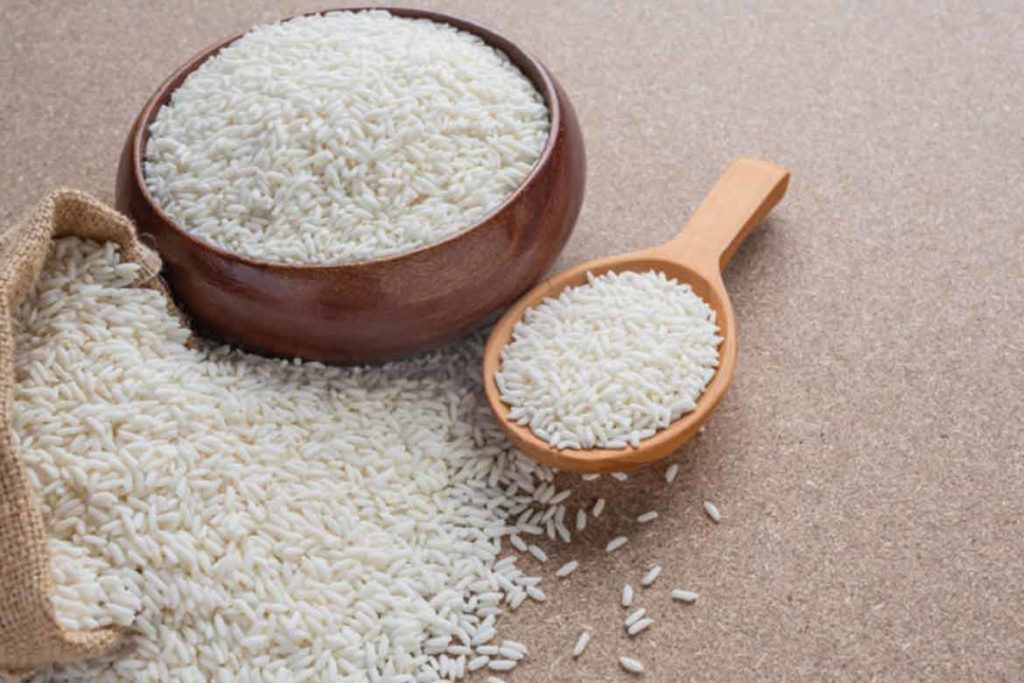
Also read: Water and Foodborne Infections in India
- Wheat flour
Pure flour can be identified while kneading it and making bread from it. When you knead pure flour, it becomes very soft and the rotis made from it also bloat well. The kneading of adulterated flour requires less water than the original flour. The adulterated flour loaves are undoubtedly more white, but they do not have the natural sweetness.
Besides, some adulterants also add iron filings to the flour/maida or semolina. To test this, take some flour or all-purpose flour on a glass plate. Put a magnet on it. If the flour/maida is pure then nothing will stick to the magnet, but if the flour has been adulterated then iron filings will be visible on the magnet.
- Green vegetables
Whenever you buy green vegetables like peas, Ontario, spinach, bathua, soya fenugreek, capsicum, okra etc. F.rom the market, then leave them in water for a while to recognize its purity. If it starts leaving green color then understand that it is adulterated.
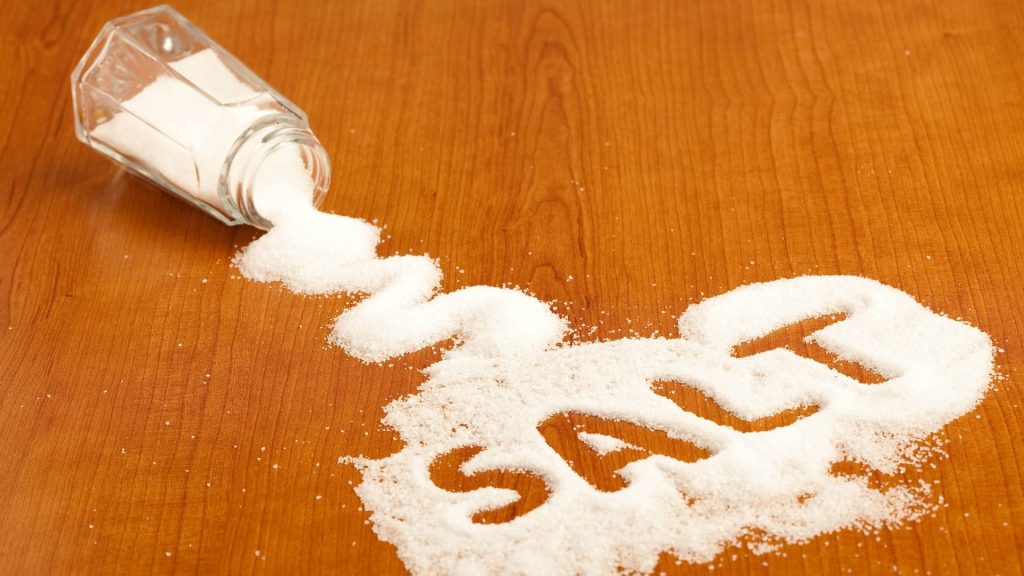
- Salt
For this you have to first take a potato and cut it into two parts. Now apply some salt on the cut part of both these parts and leave it for a minute. After this, apply two drops of lemon juice on this part. If your salt is double fortified or pure, the colour of the potatoes will remain the same. But if the color of your potatoes turns blue, then understand that your salt is adulterated.
- Tea
Place the tea leaf on a white paper and rub it with this paper. If there is colour on the paper that means it is completely adulterated.
- Coriander powder
To check the genuinity of the coriander, add a pinch of coriander powder in a glass of water. If the powder floats on the water then that coriander powder is completely adulterated. To avoid adulterated coriander powder, bring dried coriander seeds at home and grind them in a mixer.
Also read: Anti-Allergy Foods: To Curb Your Seasonal Allergy Symptoms
